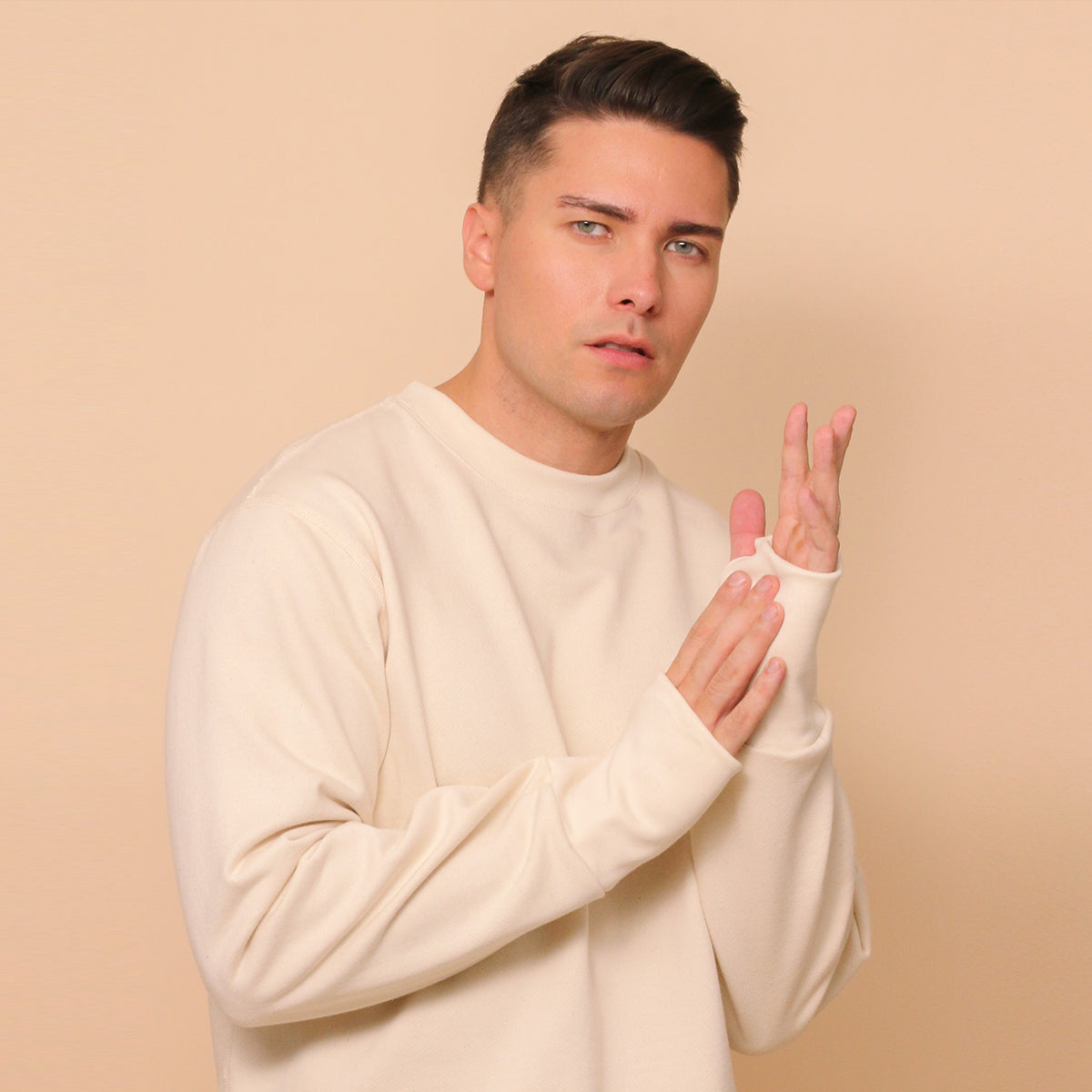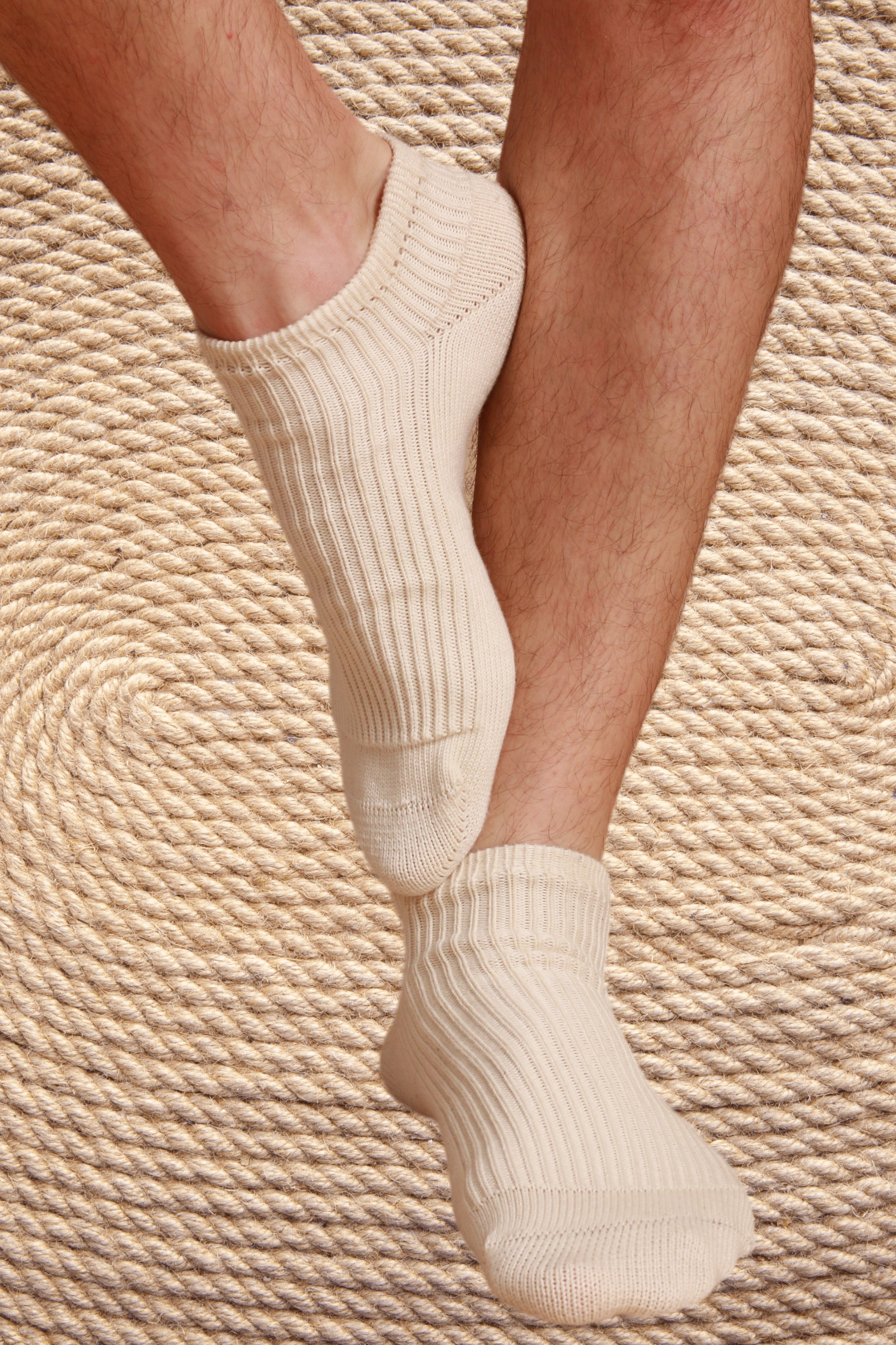When you have an ongoing skin irritation, seeing the doctor to get a correct diagnosis as soon as possible is key to totally getting rid of it, or if in any case it turned out to be an allergy, a correct diagnosis would help you manage its symptoms.
Psoriasis is the most common autoimmune disease in the U.S., with about 7.5 million Americans affected. This is a condition in which skin cells grow rapidly, causing dry, itchy, and sometimes painful lesions or bumps on the skin. There are several skin conditions that are actually similar with psoriasis. Knowing the symptoms, causes, and other characteristics may help you identify your own skin issues.
Important Note: While it is good to be aware and observant about your own skin health, it is very important to consult your doctor about any uncommon skin rash or irritation so that proper treatment would be administered.
What else could it be?
Common psoriasis symptoms include the following:
- Red patches of skin covered with thick, silvery scales
- Small scaling spots (commonly seen in children)
- Dry, cracked skin that may bleed
- Itching, burning, or soreness
- Thickened, pitted, or ridged nails
- Swollen and stiff joints
Other skin conditions might look like psoriasis, but there are differences. Here are some similar-looking skin conditions that may even occur with psoriasis:
-
Seborrheic Dermatitis

If your rash is located and concentrated only on the oily parts of your skin, it could be seborrheic dermatitis. While this also show flaky scales, psoriasis scales and lesions tend to be thicker with clearly defined borders. Seborrheic dermatitis lesions have poorly-defined borders with pink and yellow-brownish scales.
-
Eczema

Tip: What triggered the rash can also help differentiate eczema from psoriasis. Eczema, or atopic dermatitis can be triggered by outside irritants such as dust or pollen, and the skin lesions of eczema can get infected with bacteria. Psoriasis on the other hand, are not triggered by outside irritants and their lesions usually do not get secondary infections.
- pityriasis rubra pilaris
- secondary syphilis
- tinea corporis
- tinea capitis
- cutaneous T-cell lymphoma
- certain drug reactions
Psoriasis affects men and women equally, but it often develops between the ages of 15 and 35 years, and sometimes even at any age. Treating psoriasis involves healing the areas of discomfort and slowing skin growth. Depending on your symptoms and the type of psoriasis you have, your doctor may try different therapies. That’s why providing them with complete and precise information about your symptoms and history is crucial.









Leave a comment
All comments are moderated before being published.
This site is protected by reCAPTCHA and the Google Privacy Policy and Terms of Service apply.